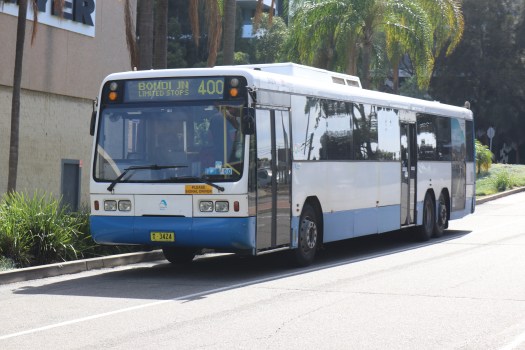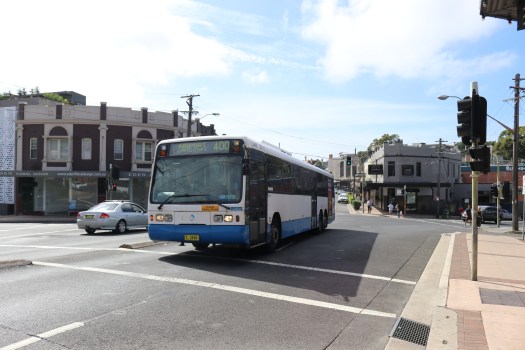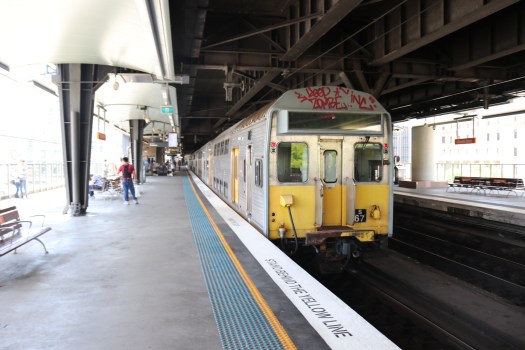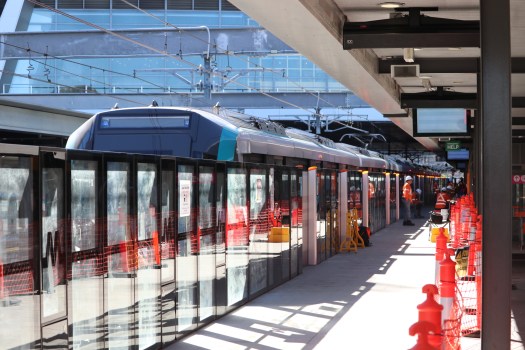For this month our featured bus route is Route 740 operated by Busways Western Sydney. It operates between Plumpton Marketplace and Macqaurie Park via Quakers Hill, Stanhope Gardens and the M2 Hills Motorway.
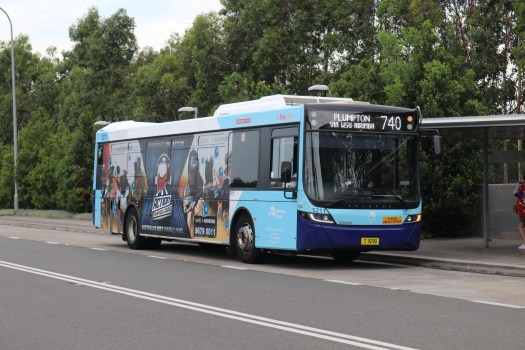
Originally operated as Route 750, this route was one of many new routes introduced upon the opening of the new Hills Motorway on 27 May 1997. Predominately these were new express direct CBD trips from the Hills District, taking advantage of the new bus lanes provided to allow for a quicker trip from the North West into the CBD. In addition to these services, Busways began a service to connect Western Sydney to the new employment hub in Macquarie Park. Route 750 began as a service between Mt Druitt and Macquarie Centre via Blacktown, the M2 and Epping Station in 1997. By February of 1999 most trips had been altered to operate between Emerton and Macquarie Centre via Quakers Hill, the M2 and Epping Station, whilst some trips retained the destination of Mt Druitt via Blacktown. Also at this time, selected weekday services began operating as far as the University of Western Sydney Penrith Campus during semester.
On 27 July 2002, Route 750 was spilt into two different routes both showing the same route number. The existing Emerton to Macquarie Centre via Quakers Hill service was retained but had all non peak hour services cut. There was also an end to Mt Druitt via Blacktown and University of Western Sydney diversion services. A duplicate route 750 began at this time and operated between St Marys and Hebersham, with semester time extensions to the University of Western Sydney in lieu of the other route 750. This duplicate arrangement latest until January 2004, and caused some slight confusion in the shared section between Emerton and Hebersham.
From 28 January 2004, the current operating scenario of route 740 was set up. Still opertaing as route 750, the service was curtailed to operate along the current Plumpton to Macqaurie Park via Quakers Hill, Stanhope Gardens and the M2 Hills Motorway. This decision was made due to the poor patronage of the route west of Plumpton. Additionally the duplicate service was ceased at this time without the provision of a replacement.
In 2009, the Ministry of Transport review of Region 1 bus services came into effect. It suggested wide ranging changes to bus services across Sydney, but the only change suggested for this route was a change in number from 750 to 740, a change which was adopted and Route 740 replaced Route 750 in its entirety form 11 October 2009.
Since then, there have been two changes to Route 740. From 17 January 2011, the service was rerouted to skip Epping station and run express along the M2 all the way to Macquarie Park. Later, on 29 October 2011, the service was extended from Macquarie Centre to Macquarie Park.
Currently, Route 740 is operates a weekday peak hour only service, with service between 6am and 10am towards Macquarie Park, and service between 4pm and 8pm towards Plumpton Marketplace. Services during these times operate every half and hour in direction of peak. There are also two anti peak services, operating between 5pm and 6pm towards Macquarie Park and between 7:30am and 8:30am towards Plumpton Marketplace. The service is operated by Busways Western Sydney from their Blacktown depot. It is primarily operated by standard 12m buses, however double decker services are provided on select services.
After 22 years in service, route 740 will be withdrawn after the last service on May 24 2019, as part of changes to bus services for Sydney Metro Northwest.


